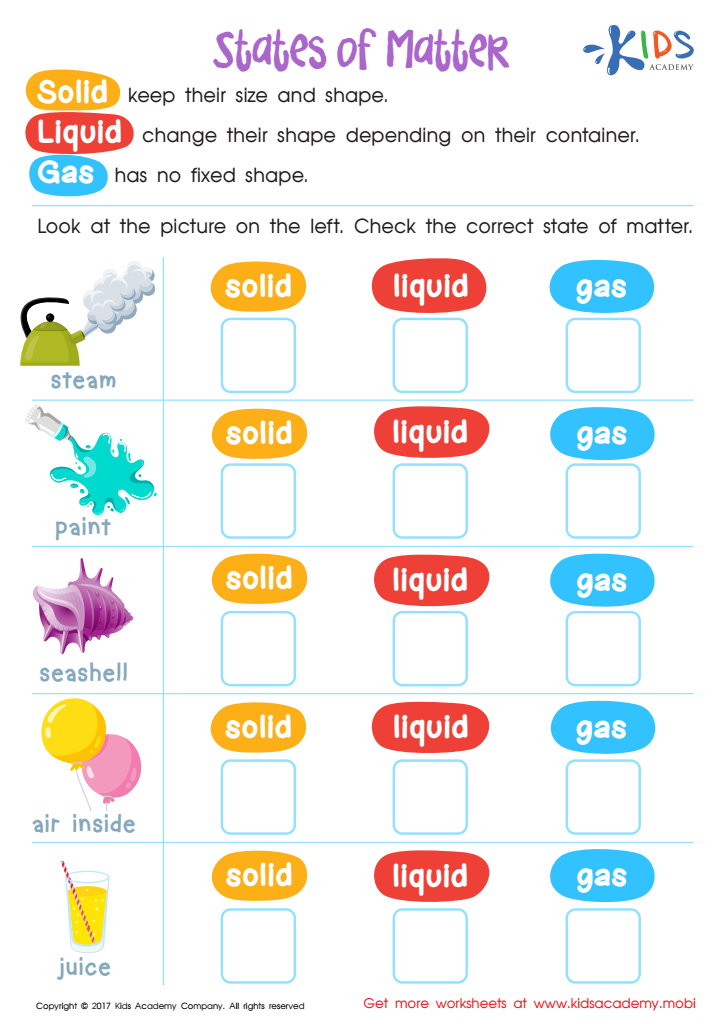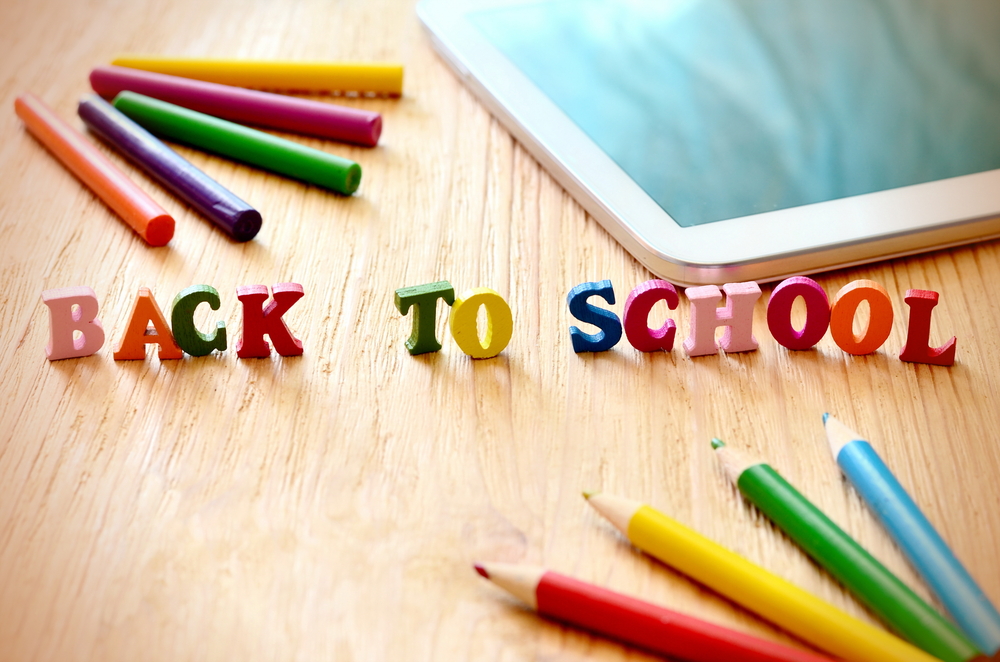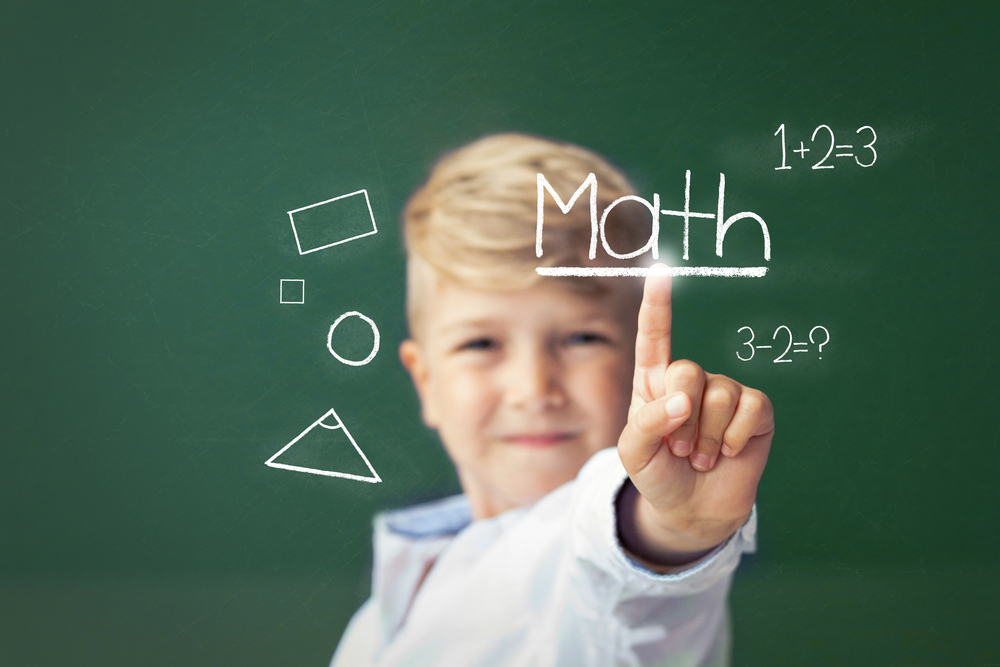Understand states of matter Worksheets for Kids
1 filtered results
-
From - To


Physical Science: States of Matter Worksheet
Question/Answer
What does the Understand states of matter skill mean when it comes to Grade 1 Physical Science learning?
The "Understand states of matter" skill in Grade 1 Physical Science learning involves teaching students the basic concept of different forms of matter, specifically solids, liquids, and gases. It typically includes recognizing and describing the observable properties of these states, such as shape and volume, and understanding how matter can change from one state to another through heating or cooling.
Why is the Understand states of matter skill important for Grade 1 students?
Understanding states of matter is crucial for Grade 1 students as it lays the foundational knowledge for science, helping them grasp basic physical properties of the world around them. It stimulates curiosity, enhances observational skills, and introduces them to scientific thinking by distinguishing between solids, liquids, and gases, paving the way for more advanced scientific concepts.
How to train the Understand states of matter skill in Grade 1 students learning about Physical Science?
To train Grade 1 students in understanding states of matter, engage them in hands-on activities such as observing ice melting, water boiling to steam, and condensation on a cold surface. Use simple, relatable examples and visual aids like diagrams and videos to explain solids, liquids, and gases.
 Assign to the classroom
Assign to the classroom












